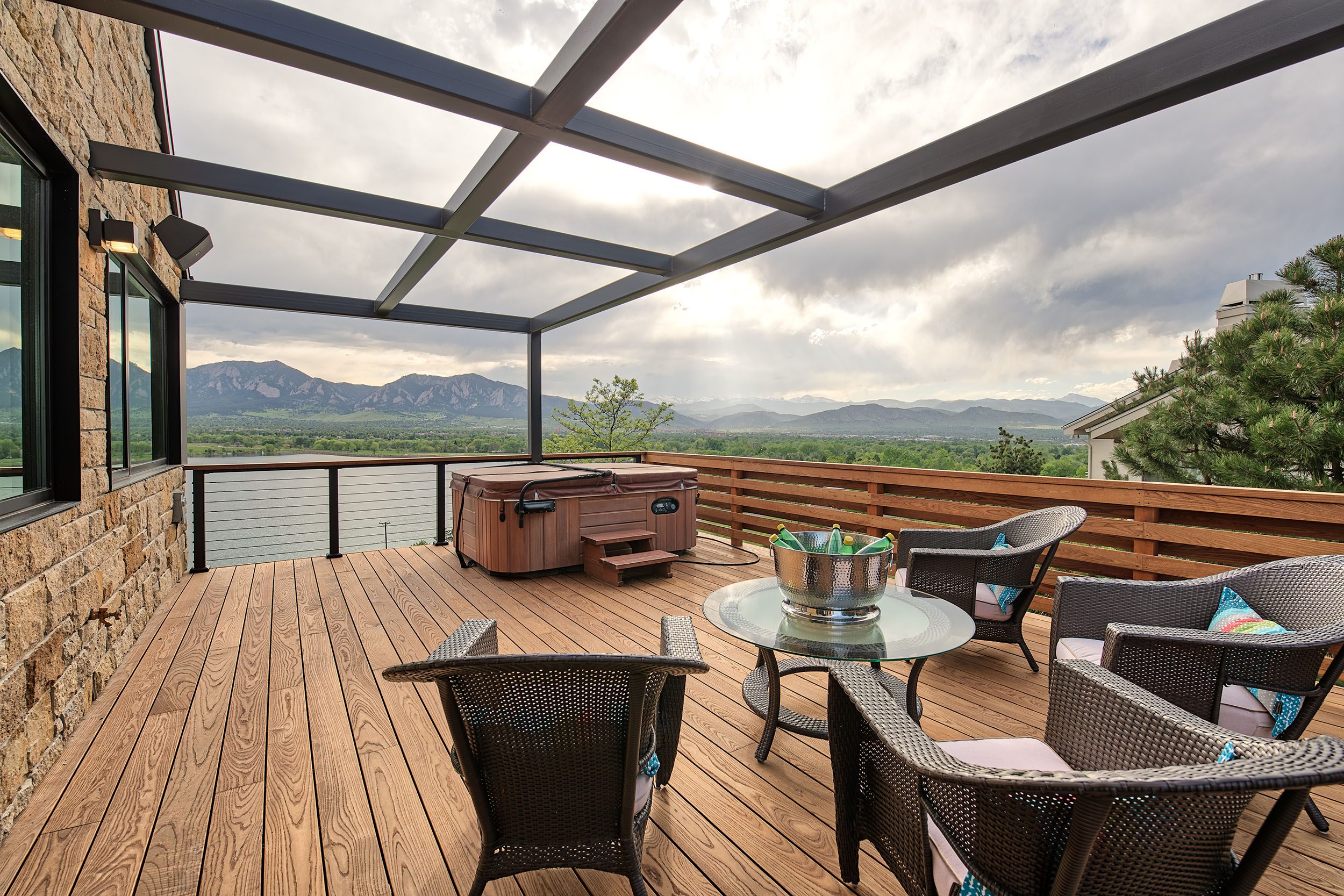Thermally modified wood (TMW) is a sustainable and innovative wood treatment process that enhances the natural properties of wood through the application of heat and steam, without the use of chemicals.
This process results in a product that is more durable, stable, and resistant to decay, making it an attractive choice for a variety of applications, from decking and siding to furniture and flooring. However, like any material, thermally modified wood has its own set of advantages and disadvantages.
In this blog post, we will discuss the pros and cons of thermally modified wood to help you make an informed decision for your next project.
Pros of Thermally Modified Wood:
- Increased Durability and Longevity: The thermal modification process strengthens the wood’s cell structure, making it more resistant to rot, decay, and insect infestation. This results in a longer lifespan compared to untreated wood.
- Enhanced Stability: TMW undergoes less expansion and contraction with changes in humidity and temperature, reducing the likelihood of warping, twisting, or cracking over time.
- Eco-Friendly: Since the process does not involve any toxic chemicals, thermally modified wood is an environmentally friendly option. Our TMW makes use of locally sourced and fast-growing species, reducing the demand for importing wood treated overseas.
- Improved Aesthetic Appeal: The thermal modification process gives the wood a rich, uniform color that can range from a deep brown to a chocolate hue, enhancing its natural beauty.
- Low Maintenance: TMW requires less maintenance than untreated wood because it is more resistant to moisture and decay. There’s no need for treating with chemical preservatives.
Cons of Thermally Modified Wood:
- Higher Cost: The thermal modification process is more expensive than traditional wood treatments, which can make TMW a pricier option for some projects. However the higher cost should be offset by the lower maintenance and longer lifespan.
- Reduced Strength: While the process increases durability, it can also lead to a reduction in the wood’s overall strength and impact resistance.
- Limited Availability: Thermally modified wood is not as widely available as traditional wood products, which can make sourcing it more challenging and potentially more expensive.
- Color Fading: Over time, the rich color of TMW can fade when exposed to sunlight, requiring additional treatments to maintain its appearance.
- Potential Brittleness: The high temperatures used in the thermal modification process can make the wood more brittle, increasing the risk of cracking or splitting during installation or use. Pre-drilling all your screw holes is recommended to prevent cracking.
Conclusion:
Thermally modified wood offers a range of benefits, including enhanced durability, stability, and environmental sustainability. However, it is important to weigh these advantages against the potential drawbacks, such as higher costs and reduced strength. Ultimately, the decision to use thermally modified wood will depend on the specific requirements of your project and your priorities in terms of performance, aesthetics, and budget. By understanding the pros and cons of TMW, you can make a more informed choice that aligns with your needs and values.
